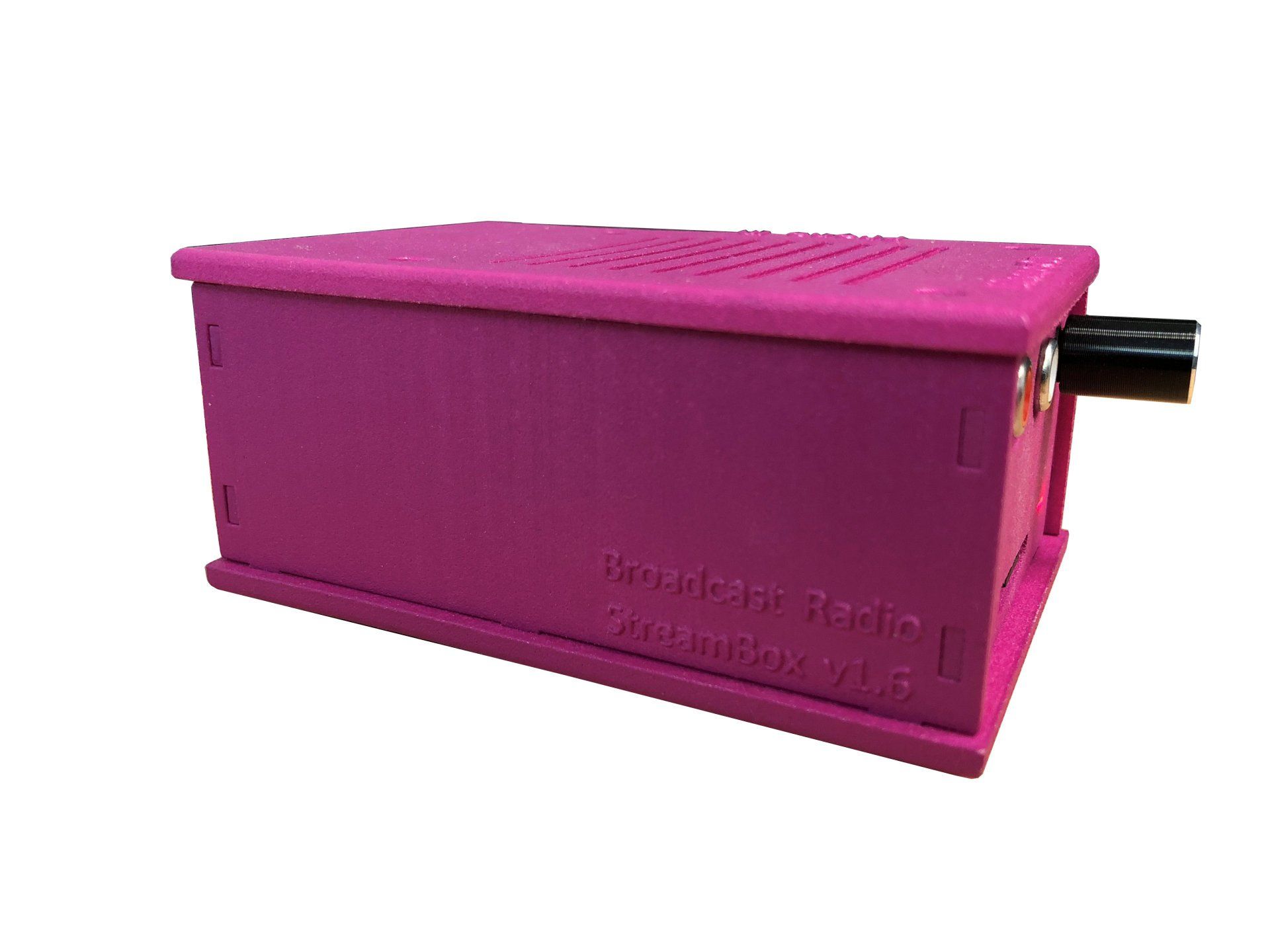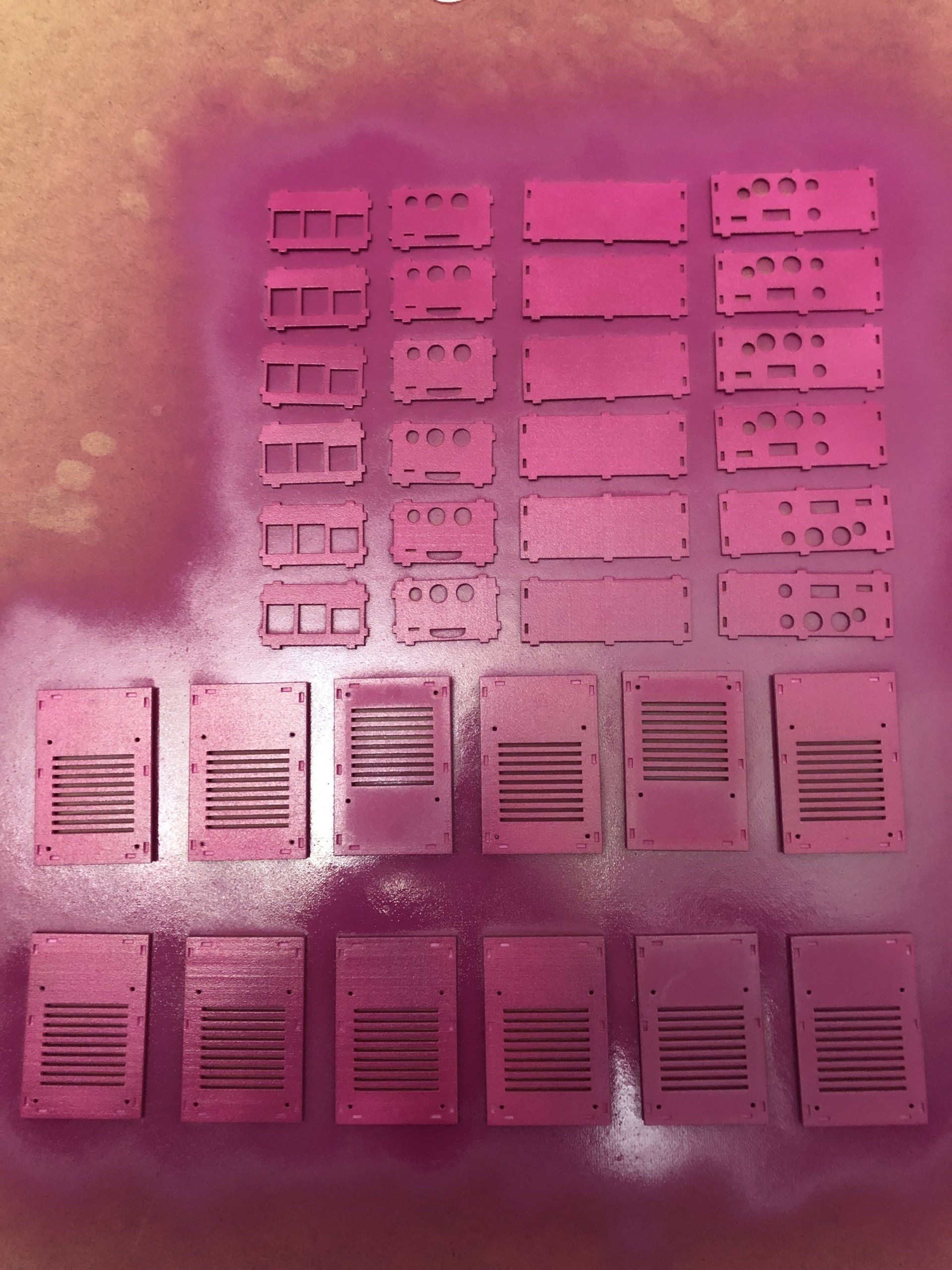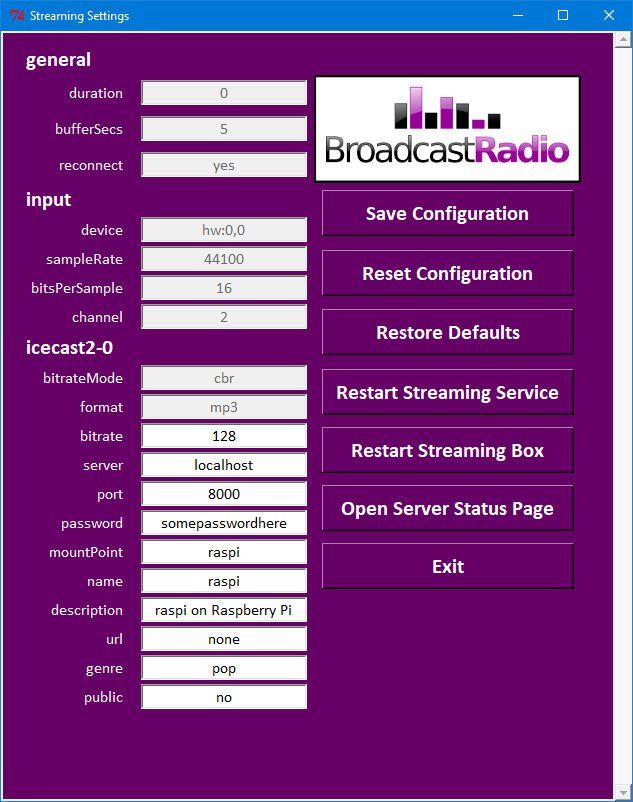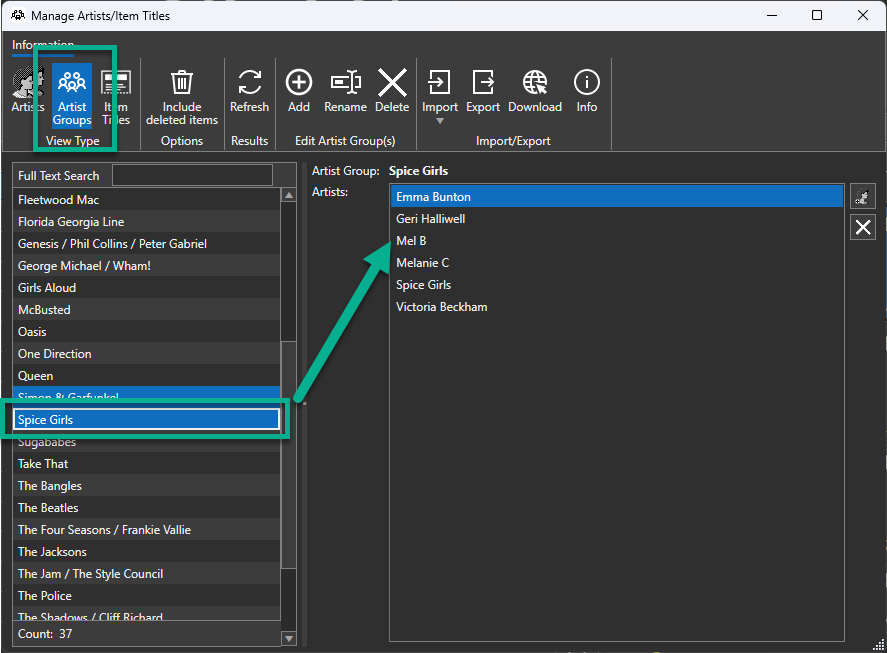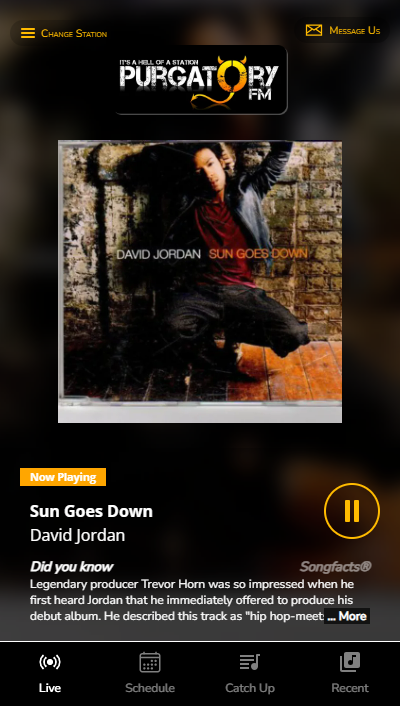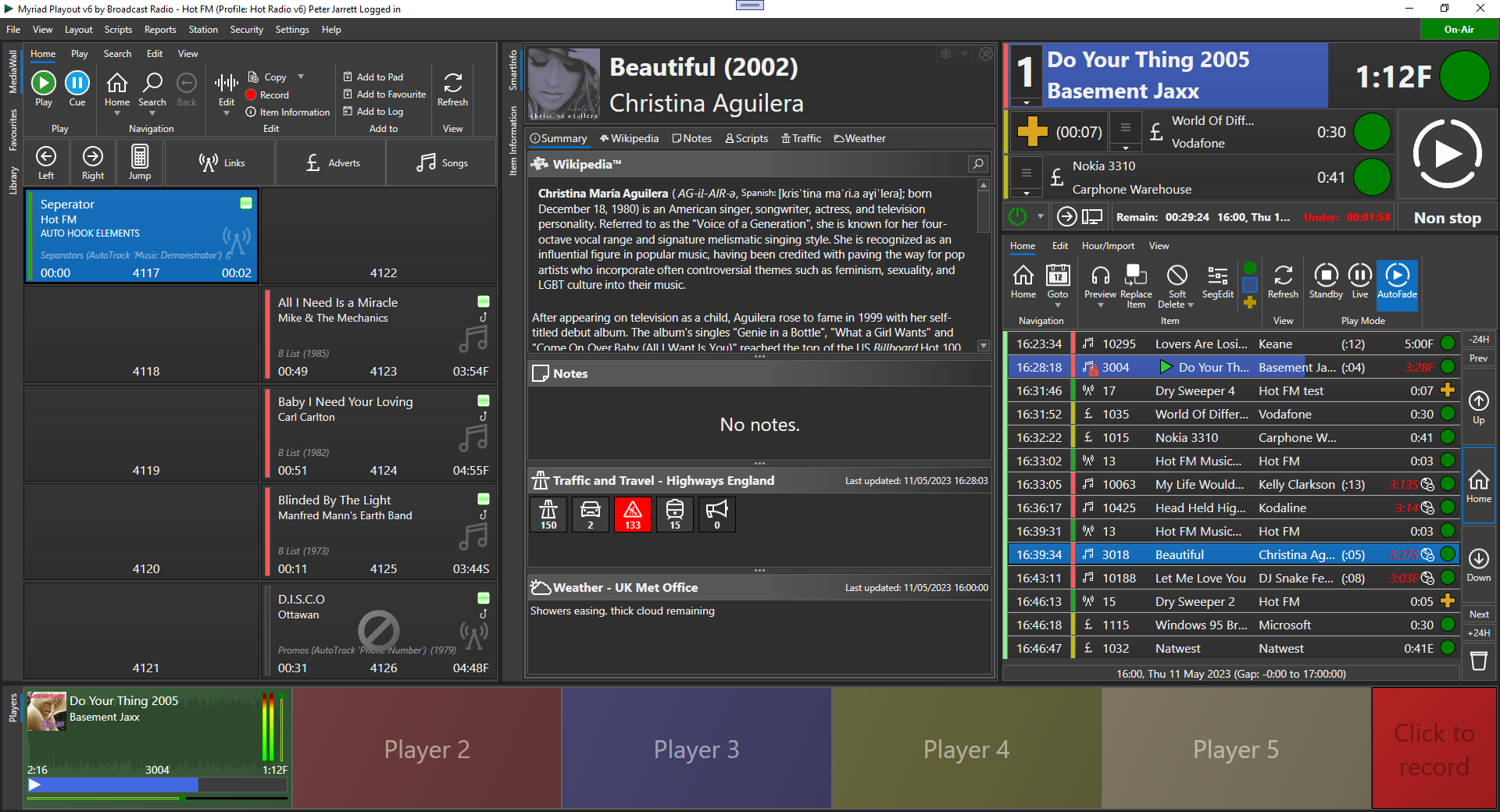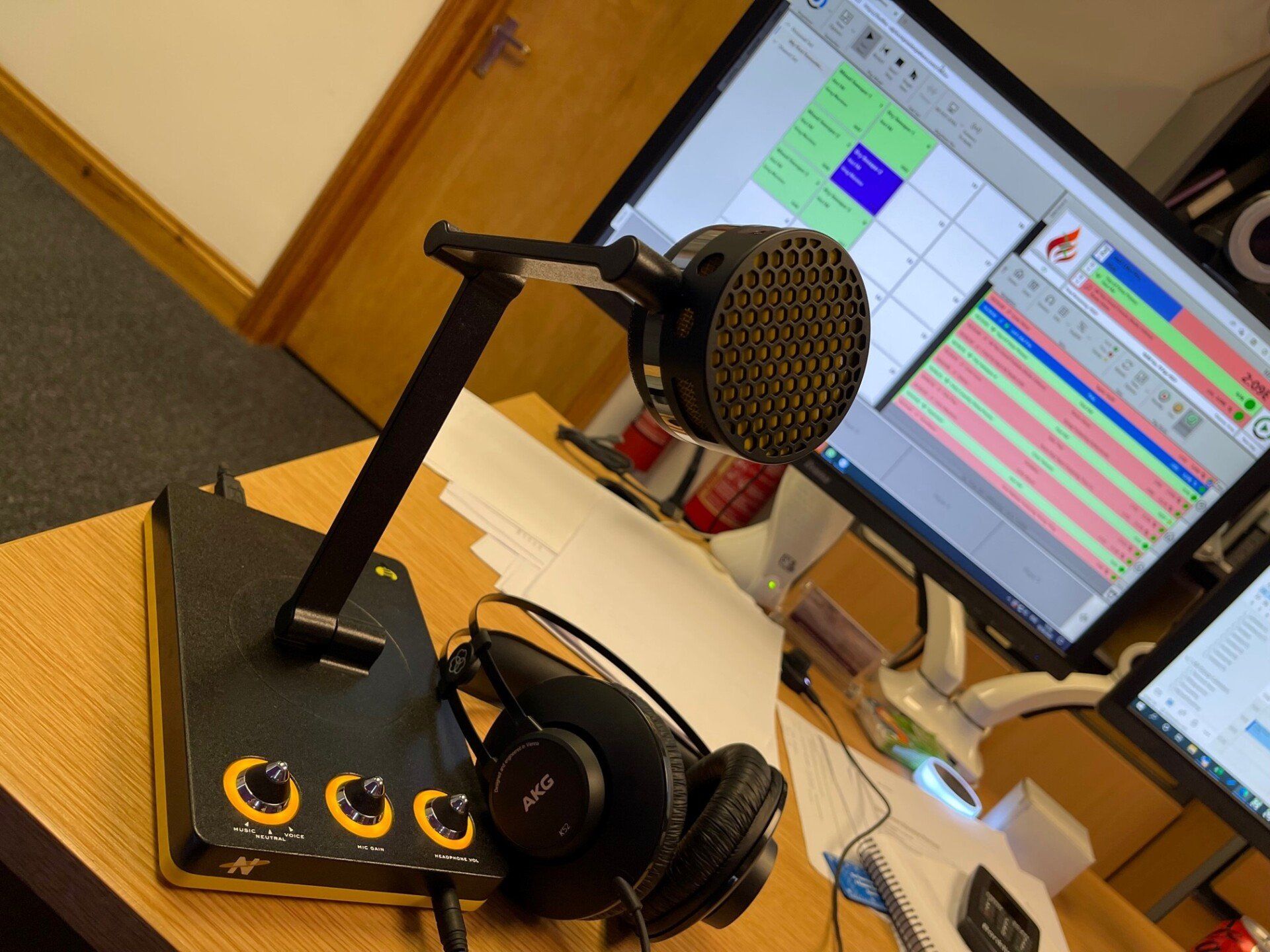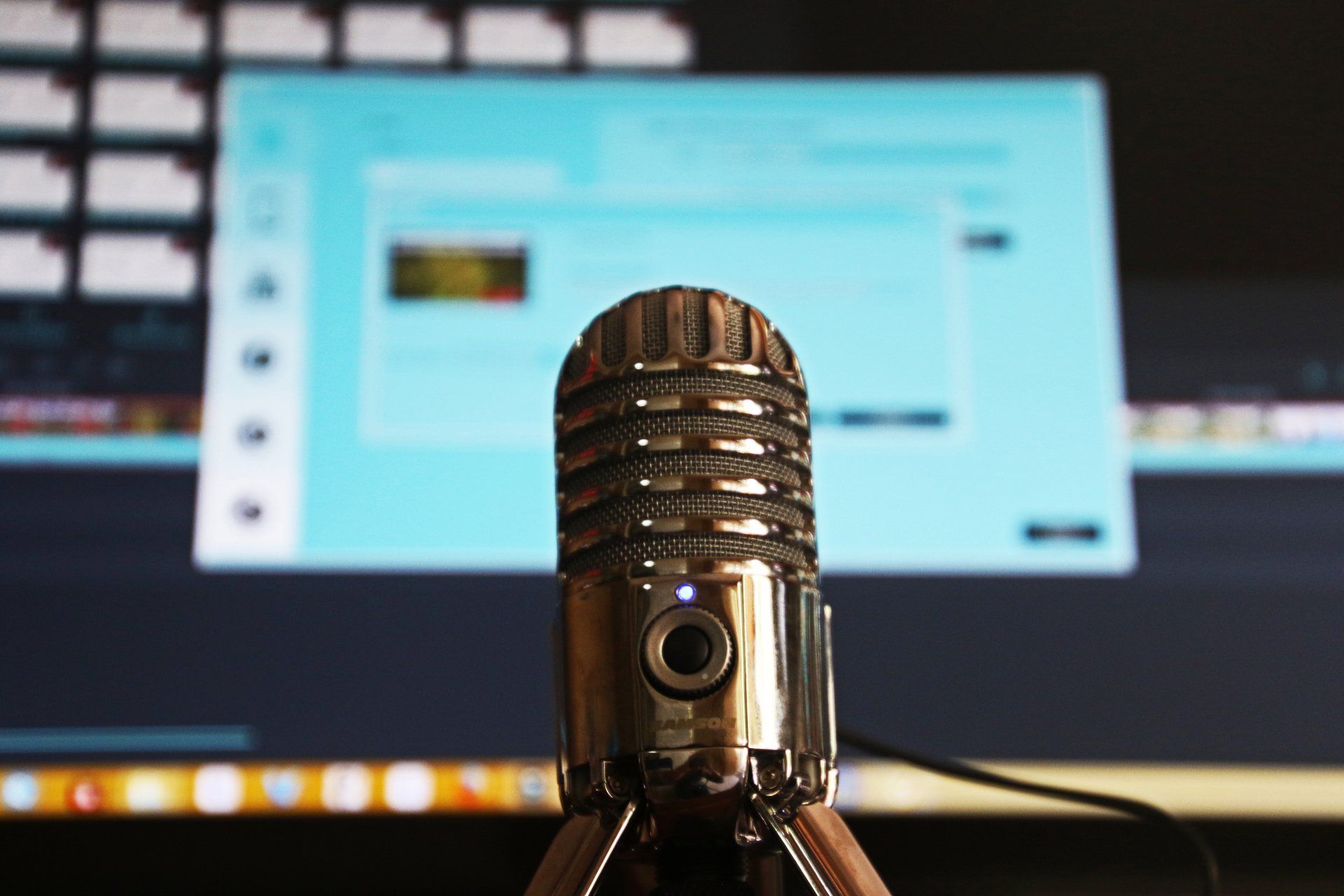Building The StreamBox
Liam Burke • June 18, 2018
From Side Project To Final Product
Like SmartSign before it, our new StreamBox started out life as a 'Friday afternoon' project to investigate a low cost and reliable way of encoding audio and sending it to web streaming hosts such as our Broadcast Player
service.
There are of course many options available but the broadly fall into two categories:
- Software Solutions
- Hardware Devices
Hardware devices provide a good alternative as they usually do not usually require any type of user interaction to do their job. The downside is that some hardware solutions can expensive.
The challenge was whether we could come up with a hardware device that would avoid the potential pitfalls of a software solution, but in a format and a cost point that would make it accessible to as many broadcasters as possible.
Having worked with the Raspberry Pi for SmartSign Lite, we were confident that this would provide the processing power needed to run a hardware encoder at a reasonable cost but that left some serious issues to overcome.
- Sound Input: The built in sound device in a stock Raspberry Pi is not really up to the task. The Pi is primarily intended to be used with an HDMI screen which will often include speakers. When using HDMI, the sound is sent digitally to the screen and it is the screen that decodes the audio. The built in audio chip on the Pi is not great quality and whilst it does have a 'microphone input' it is only accessible using a combined 4 pole mini jack which is a very unusual connector in radio. You could use an external USB sound device but this introduces a potential point of failure (the USB cable connecting them) and would not be a simple solution. Instead we sourced specialist sound device 'hat' for the Pi which offers high quality audio input and outputs as well as physical volume controls for both (and on common phono connectors). Solving the audio issue unfortunately led directly to the second issue.
- Enclosure: As you can see from the pictures above, the addition of the external sound device changes the size and shape of the Pi dramatically such that no 'off the shelf' Raspberry Pi enclosures would work. But we wanted to device that was simple to use and friendly to the end user. We also wanted to keep the price a s low as possible so fitting everything into a rack case and then extending all the connections out to external sockets was also not viable because of the martial and labour impact on the end cost. The answer was to custom design an enclosure that would incorporate all of necessary connections. Once the design was finalised, we decided that we would have them 3D printed to allow us to do smaller production runs and tweak the design if needed. To reduce 3D printing costs, enclosure was designed as a series of flat panels that fit together like a jigsaw to create the full case. Early models were printed in white and then sprayed purple but later versions had the colour added at time of print.
- Software: Once all of the physical challenges were addressed, we were able get back to our comfort zone and turn our attention to the software needed to make it all work. The StreamBox run a Linux core with all the necessary streaming services set to automatically start which means once it is configured, you can simply plug it in and it will start encoding and sending the stream to your service provider. We wanted the system to be as easy to setup as possible so our team developed a simple user interface for configuring the StreamBox and checking status as required. If you plug in a monitor, keyboard and mouse, you will see the StreamBox interface which allows you to alter the steam quality and format as well as add in your providers connection details.
So there you have it.
A simple 'Friday afternoon' project turned into a viable, cost effective solution. Full credit goes to John-Michael Sugden who has handled just about every element of this project.
The StreamBoox is available now, check our the StreamBox webpage
for more details.
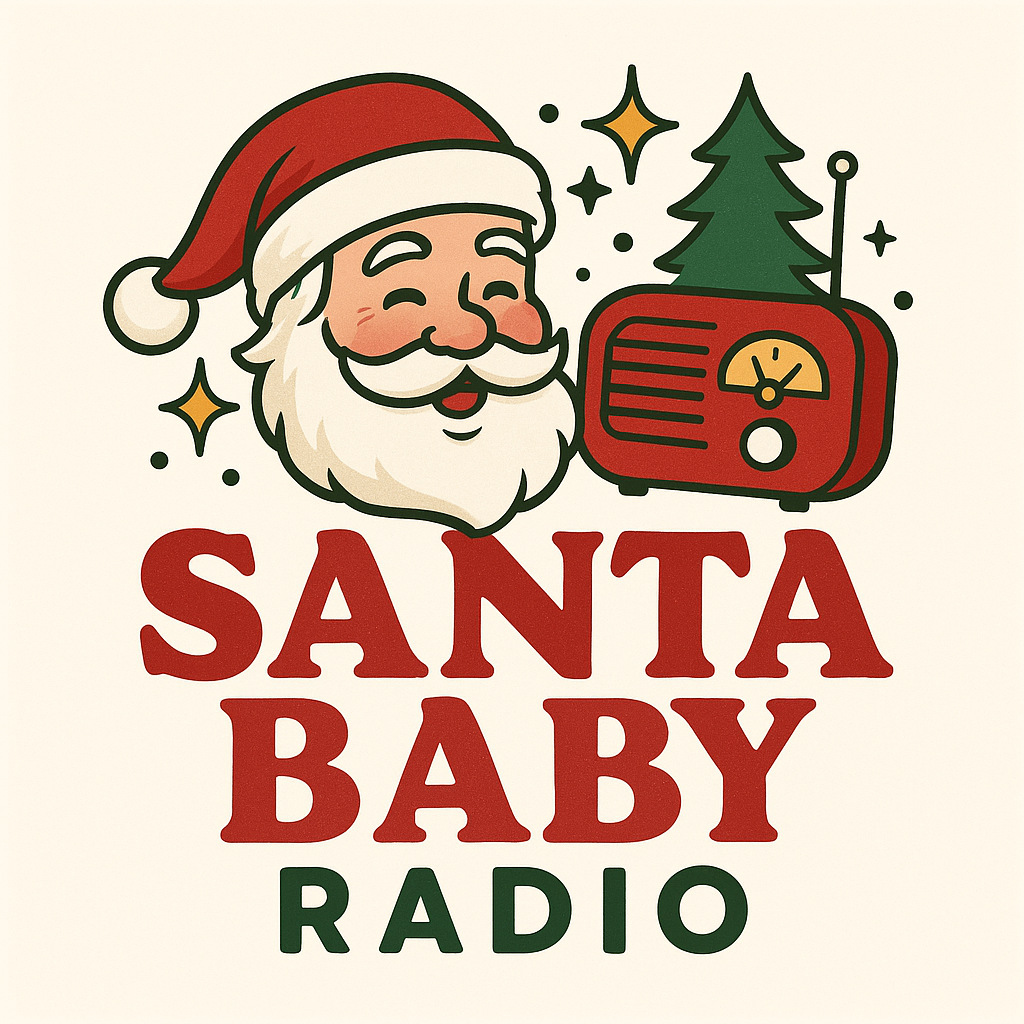
In this post we will run through how to create a new Station under the Kelfield Radio ‘Brand’ within Myriad Cloud. This assumes that your primary radio station is also on Myriad Cloud. Don’t worry if your primary station is a traditional ‘on premise’ Myriad Playout 6 system, we will be covering how to setup from a traditional system in the next post. In this post, we will cover the steps needed to create a new Station within an existing ‘Brand’ running on Myriad Cloud, but before we start, it is worth mentioning how hierarchy of Organisations, Brands and Stations works in Myriad Cloud.

Too early to start thinking about Christmas? You may not need to be baking Mince Pies just yet, but if you are thinking about running a festive pop-up radio station this holiday season, you may want to start planning for it now. Over the next few weeks, we are going to guide you through the process of building a fictional festive station called Santa Baby Radio, using the Myriad Cloud platform. This station will be a spin off from the equally fictional Kelfield Radio often featured in our demos and tutorial videos. In this series we will cover every step needed to setup, build and launch Santa Baby Radio using Myriad Cloud. This will include: * Creating a new Station within the Kelfield Radio brand which will share audio content with the parent station. * Use the Mass Change tools to only use the content we want on Santa Baby Radio, and fill in any gaps by uploading news songs and jingles. * Build some clocks and assign them to the weeks leading up to Christmas. * Setup AI Voice Links to add some special, context sensitive content that will make this fully automated service sound live. * Design and build a simple website and web player for the station. * Add in the details needed for the optional mobile apps (iOS, Android & Carplay) as well as an Alexa Skill. * Invite some presenters to voice track shows and even present a special live show on Christmas eve. * Launch the radio station and get started on the mince pies. We will cover these steps in posts released over the coming weeks, so check back regularly for the latest episode.
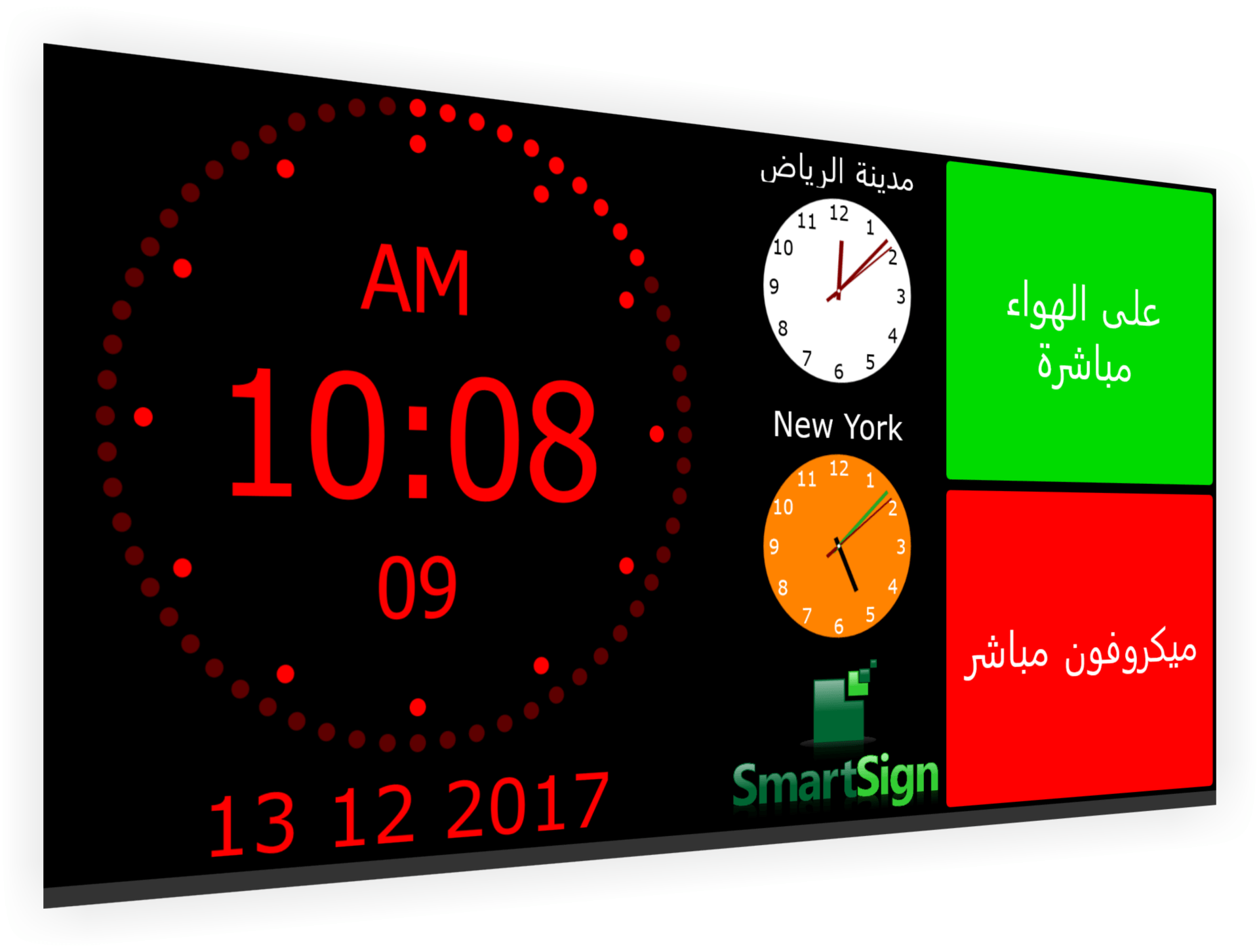
In anticipation of the release of SmartSign 3, we are looking back at the history of our screen studio signage system as well as a quick look at what the future holds. SmartSign 1 (well just SmartSign) was originally conceived as a simple ‘tally’ indicator to how real world events such as when microphones are active or a phone is ringing. At the time, we were working on the BR Hardware Service as part of the general Myriad 5 development cycle, and wanted a way to showcase the virtual hardware events the BR Hardware Service introduced. One of the aims was to make the system as cost effective as possible so work began on building an application that would run on Windows IOT on a Raspberry Pi. The Pi was ideal as it included physical hardware I/O built in meaning that SmartSign could use both physical and virtual GPIO and even convert physical inputs to virtual inputs for use in other BR software such as Myriad Logging or other SmartSigns. We soon started to add other ‘tiles’ to the system to allow clocks, date / time, text, images, RSS feeds and more. SmartSign was released in 2016 and was an instant hit with our customers.

We are often asked for recommendations for smaller, low cost mixers for stations that are launching on a tight budget or looking to add additional studio capacity as cost effectively as possible. Type 'stereo mixer' into Google and literally hundreds of options will come up but the vast majority of them are not really suitable for use with Myriad because they do not have enough stereo inputs, are designed for sound mixing or do not offer the basic facilities needed to present a radio show. But there are a few that could be considered as a possible alternative to a full broadcast mixer. The Behringer DX2000USB may be the ideal mixer for smaller stations, as long as they are willing to live the compromises it brings when used in a broadcast radio environment.


